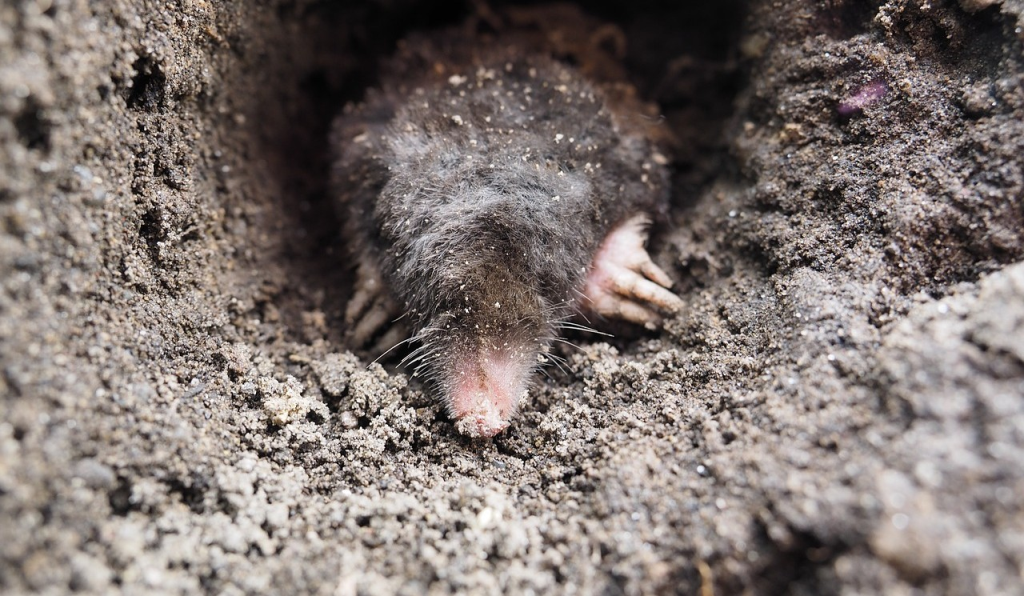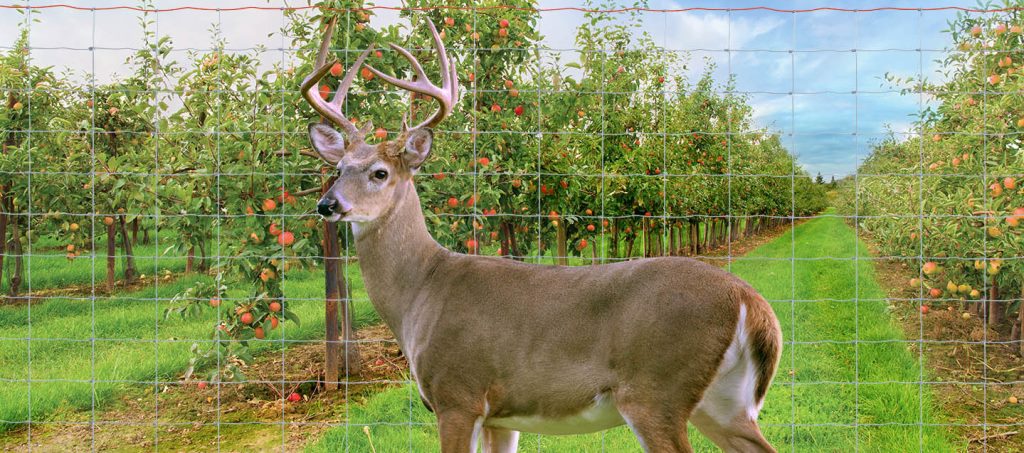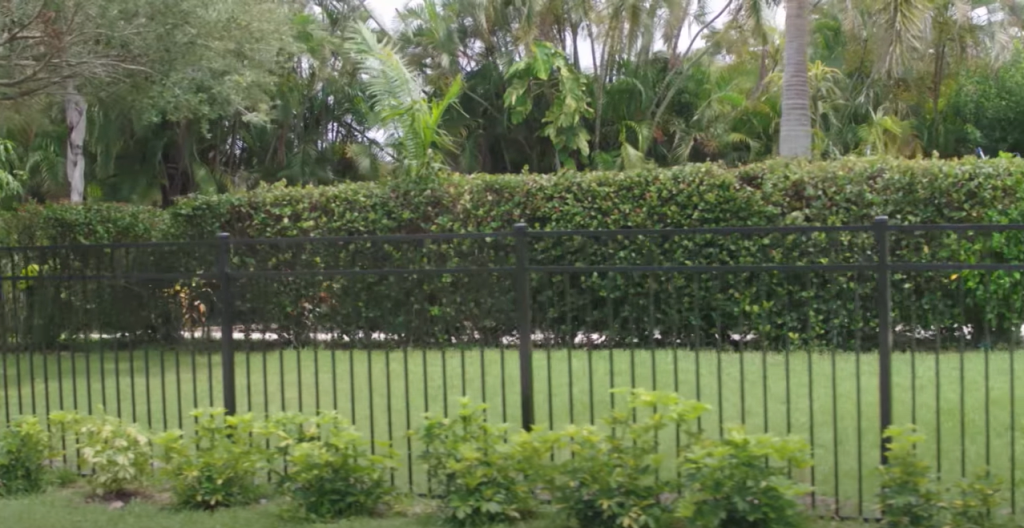It’s not uncommon for any homeowner to find their yard has become a home to various unwanted intruders. Snakes, raccoons, skunks, rats, opossums – the list goes on and on. And chances are, if you live in a house (rather than an apartment), you’ll run into one of these guys sometime during your life.
A general rule of wildlife removal is prevention before elimination. By putting up a fence around your property, you make it harder for these animals to get in. Which cuts down a lot of cost and effort spent on removing them later on.
1. Wire mesh fence for animals that burrow
Skunks are notorious diggers, and chances are, if they want to get under your house, they will dig. This makes most traditional types of fences ineffective against skunks, as they simply dig under them.
This is where a wire mesh comes in. You can either coat the foundation of your house in wire (chicken wire works, too, in some situations), or you can coat an entire fence in wire mesh.
Make sure you bury the mesh at least 1.5 ft. underground, and at a slightly curved angle, so that it sort of has a scooping effect when the skunk tries to burrow. For more information on how skunks can get into your home visit skunkpestcontrol.com to learn more.
2. Prevent climbers
A raccoon is a great example of a climbing animal who will go over your traditional fence in a jiffy. So what you want to do is make sure the surface is as hard to climb as possible. A smooth surface, without dents that the animal can grab, is a good idea.

A wire mesh fence, again, is a good idea, provided that you leave the top-most foot of fence unattached to anything so that when the raccoon tries to grab onto it, it’ll just flop outwards, with the raccoon’s weight.
3. Wire mesh is your friend when it comes to tunneling pests, too.
Although you will have to go a lot deeper than you would for a skunk or a rabbit. When we say tunneling pests, we’re mainly talking about gophers and moles. The trouble with these creatures is that they live and travel a good deal underground, so you don’t really see them (so you don’t know when you have a problem).
In order to prevent these tunneling pests from getting on your property, it’s recommended that you “plant” some wire mesh a good 2-3 feet underground, so as to block their path.
4. The Deer Question
One of the biggest worries on any homeowner’s mind is a deer, as far as unwanted visitors are concerned. Since deer are big animals that can jump, a little wire fence won’t really do it for them.
What you need to do is first figure out what the deer situation is in your area. You don’t want to put up that tall fence for nothing. You’ll want a tall (8-10 feet) fence (wire works, though so do harder materials) with a slight curve at the top, so as to deter the deer from jumping.

You will also want to make sure the deer fence is built close to the ground because deer can and will wiggle under a fence if there’s space.
Fence Tip: A good idea is to put up an opaque fence that doesn’t allow the animals to see inside your yard or garden. Since most of these visiting animals are looking for food, it’s a great idea to conceal your garden patch, so they don’t get tempted by what they’re missing.
If at all possible, we recommend going for a fence that can keep out multiple types of pests at once.






